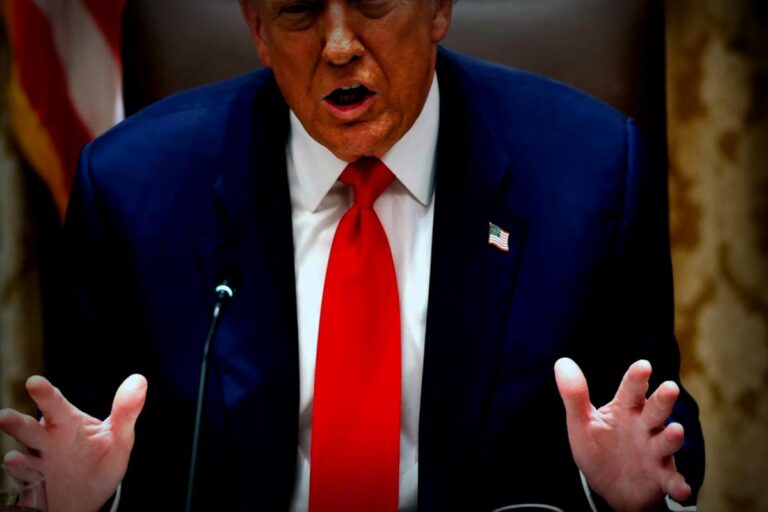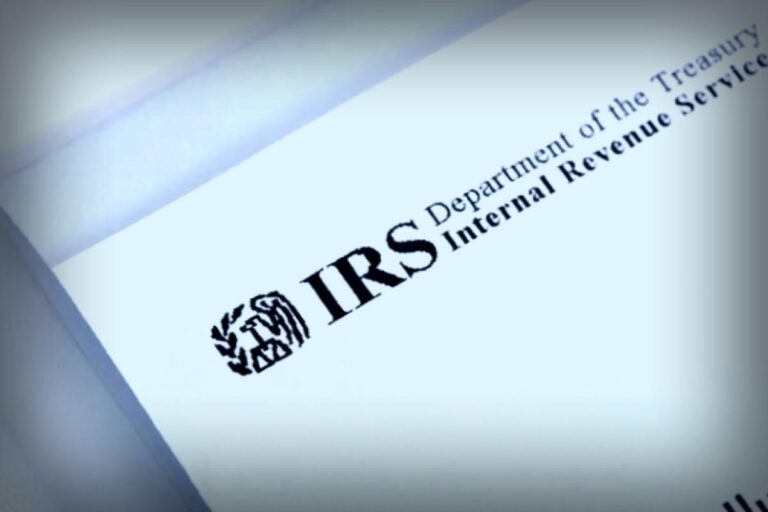In a recent announcement, President Donald Trump stated that a new trade deal framework has been established between the United States and the European Union, putting an end to a lengthy negotiation process with America’s primary trading ally.
During discussions with European Commission President Ursula von der Leyen at his Turnberry golf course in Scotland, Trump confirmed a 15% tariff on a wide array of imports from the EU, which encompasses vehicles, pharmaceuticals, and semiconductors.
Trump highlighted that as part of this agreement, the EU is set to purchase $750 billion of energy from the United States and commit an additional $600 billion in investments in America.
“All countries will have open trade with the US at zero tariffs,” Trump declared, adding that the deal also entails significant purchases of military equipment from the US by EU nations.
Although the deal’s finer details haven’t been fully released, Trump referred to this arrangement as “the biggest deal ever made.” Von der Leyen emphasized that this agreement aims to provide “stability” and “predictability,” and has been largely well-received by various European leaders.
According to data from the US Commerce Department, total trade between the US and the EU reached approximately $975 billion last year. While this new framework is not definitively finalized, it significantly reduces the threat of a transatlantic trade war, which could have adverse effects on the global market.
Trump’s discussions with von der Leyen took on added urgency as a Friday deadline approached, after which heavy tariffs of 30% would be imposed on European imports. The European negotiators aimed to keep base tariffs at 10%, while Trump was firm on maintaining a minimum rate of 15% for all EU goods.
Von der Leyen remarked on the intensity of the negotiations, stating, “I was aware from the beginning that it would be a tough process. Yet we have arrived at a favorable outcome for both sides.”
German Chancellor Friedrich Merz noted on X that the hard work of European negotiators had resulted in a beneficial agreement, stating that trade conflict has been avoided which could have heavily impacted Germany’s export-oriented economy.
Italy’s Prime Minister Giorgia Meloni described the trade deal as a “positive” development, but she expressed a desire to review the specifics before fully endorsing it, according to Reuters. The Irish Prime Minister, Taoiseach Micheál Martin, also welcomed the compromise, call it “beneficial for businesses, consumers, and investors” on X, although he noted that increased tariffs make bilateral trade more complex.
The new 15% tariffs encompass pharmaceuticals, which were the most significant single category of imports from the EU to the US last year, totaling $155 billion based on US Commerce Department reports. Trump has voiced his desire to impose a hefty 200% tariff on pharmaceuticals manufactured abroad, affecting many US drug supplies that largely come from overseas.
Ireland stands out as the leading foreign supplier of pharmaceuticals entering the United States.
Trump has stated, “Pharmaceuticals are crucial. We can’t become dependent on other countries.”
This preliminary agreement emerges following earlier actions when Trump threatened to escalate tariffs on EU goods from a 10% baseline to a striking 30% on August 1, neglecting to finalize a comprehensive agreement by his earlier deadline of July 9.
In April, EU goods faced a temporary 20% “reciprocal” tariff before Trump reduced these threats but later indicated he was prepared to impose a significant 50% tariff by June 1 if no progress was made, asserting at that time, “I’m not interested in a deal.”
Investors reacted positively to the developments on Sunday, with Europe’s Stoxx Europe 600 index soaring to its highest level in over four months on Monday, marking a 0.68% increase early in the morning.
Germany’s DAX and France’s CAC 40 followed suit with increases of 0.47% and 0.82%, respectively.
Impending Trade Deal Deadlines
Trump reiterated the urgency of the Friday deadline for other trading partners, stating that tariffs on steel and aluminum would remain unchanged at 50%.
Commerce Secretary Howard Lutnick, who was with Trump during the update, indicated that one flat rate for semiconductor tariffs will be announced within two weeks, but specifics on implementation remain uncertain.
While Lutnick previously commented that no further extensions would be permitted past August 1, he left open the possibility for further negotiations, noting that “large economies” may still pursue trade dialogues with the US.
He emphasized, “As of August 1, tariffs will go into effect.”
Trump has suggested that tariffs could spike as high as 50%, with South Korea potentially facing 30% tariffs and Brazil at risk of reaching 50% tariffs.
Next, the US is edging closer to its own August 12 deadline for trade negotiations with China. The current tariff on Chinese goods is around 50%—significantly reduced from 145%—whereas China maintains a minimum tax of 10% on American products, down from 125%.
Treasury Secretary Scott Bessent is set to engage with Chinese representatives this week in Stockholm, tentatively suggesting the possibility of extending their ongoing trade truce initiated earlier in Geneva.
Starting his meeting with von der Leyen this past Sunday, Trump expressed optimism that a deal with China is approaching fruition.
He remarked, “We are very close to finalizing an agreement with China, but we shall see how that unfolds.”
Since Trump temporarily halted various “reciprocal” tariffs back in April as discussions continued, just seven trade agreements have materialized, including the recent accord with the EU.
This report has been updated to reflect the latest developments.
Contribution from CNN’s Jonny Hallam and Anna Cooban.
For the latest news from CNN, create an account at CNN.com

















